With Linux comes choice. Along with that choice, comes debate. Which desktop is the best? Which offers the most user-friendly experience? The questions are not only never-ending, but date back over a decade where the “war” between KDE, GNOME, and every other desktop was given voice. I would, contend, however, that there is a desktop for every kind of user to be found within the Linux landscape. To that end, I want to take some of the most popular desktops and match them to end users.
Of course, this is not science. There are no hard and fast rules, tests to take, or wizards to walk you through to your final Linux desktop destination. For most people it’s about taste and features. But if you look at each desktop long enough, you discover there is a clear connection between desktop and end user. I will examine the following Linux desktops:
-
Ubuntu Unity
-
GNOME 3
-
Cinnamon
-
KDE
-
Enlightenment
-
XFCE
-
Deepin Desktop
Each of the above desktops has a strong following (with good reason). As well, each desktop offers a wholly unique experience with plenty of features to please anyone. However — getting connected with the right desktop, up front, can go a very long way to ensuring an overall positive experience with the Linux desktop. With that said, let’s connect users with desktops.
Ubuntu Unity

Ubuntu Unity is the ideal desktop for any user wanting a modern interface that connects them to not only their local data, but data from over 100 remote sources. Users who want to be connected and have quick access to social networks, shopping, Wikipedia, and more will find Ubuntu Unity to be a welcome environment. Ubuntu Unity should also be given serious consideration by any user who prefers to spend most of their time on the keyboard and not switching back and forth between keyboard and mouse. With the help of the Head Up Display (HUD), you no longer have to reach for the mouse to interact with application menus. Tap the Alt key and type a search string to bring up application menu options. It’s an incredibly efficient means of interacting with applications.
Best user for Ubuntu Unity: New user who wants as much information at their fingertips as possible and doesn’t care too much about a highly individual look and feel to their desktop.
GNOME 3
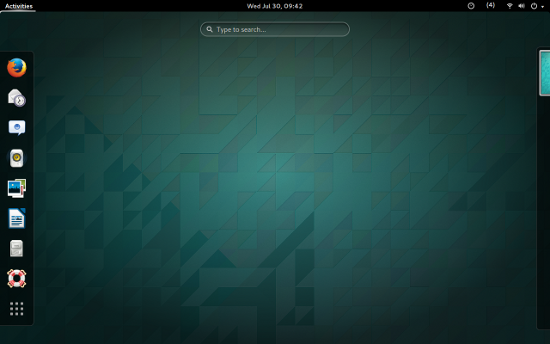
GNOME 3 is a bit of an anomaly – a sort of minimalist approach to a full-featured desktop environment. On the surface, you have what looks like very little to interact with. Open the Dash, however, and you find plenty to use. Where Ubuntu Unity locks down the majority of its interface, GNOME 3 allows for a bit more tinkering. Specifically, the addition of GNOME Shell Extensions helps the end use refine the experience to better match their needs. So if you’re looking for a Ubuntu Unity-level modern take on the desktop, but want to be able to tweak it to your tastes, GNOME 3 is for you.
Best user for GNOME 3: Somewhat experienced user who wants a modern desktop but still wants to tweak the look and feel.
Cinnamon

Cinnamon came to be because the Linux Mint team did not feel the direction of GNOME 3 fit in with theirs. So they forked GNOME 3 and completely reworked the interface. What came of that was an interface that seems a melding of GNOME 3 and GNOME 2. Cinnamon allows even more configuration than does GNOME 3 and does a great job of harkening back to GNOME 2, but does so with a nod to a more modern look. Even though Cinnamon has a decidedly Linux look and feel, any user would instantly be at home working within this environment. With a “start button”, panel, and system tray, Cinnamon holds strong to the desktop metaphor that has worked so well for so long. But if you don’t like that look… change it. Cinnamon can be highly tweaked in numerous ways (move panels, add desklets, add/remove effects, and more).
Best user for Cinnamon: Anyone. If you’re familiar with the standard desktop, you’ll be right at home with Cinnamon.
KDE
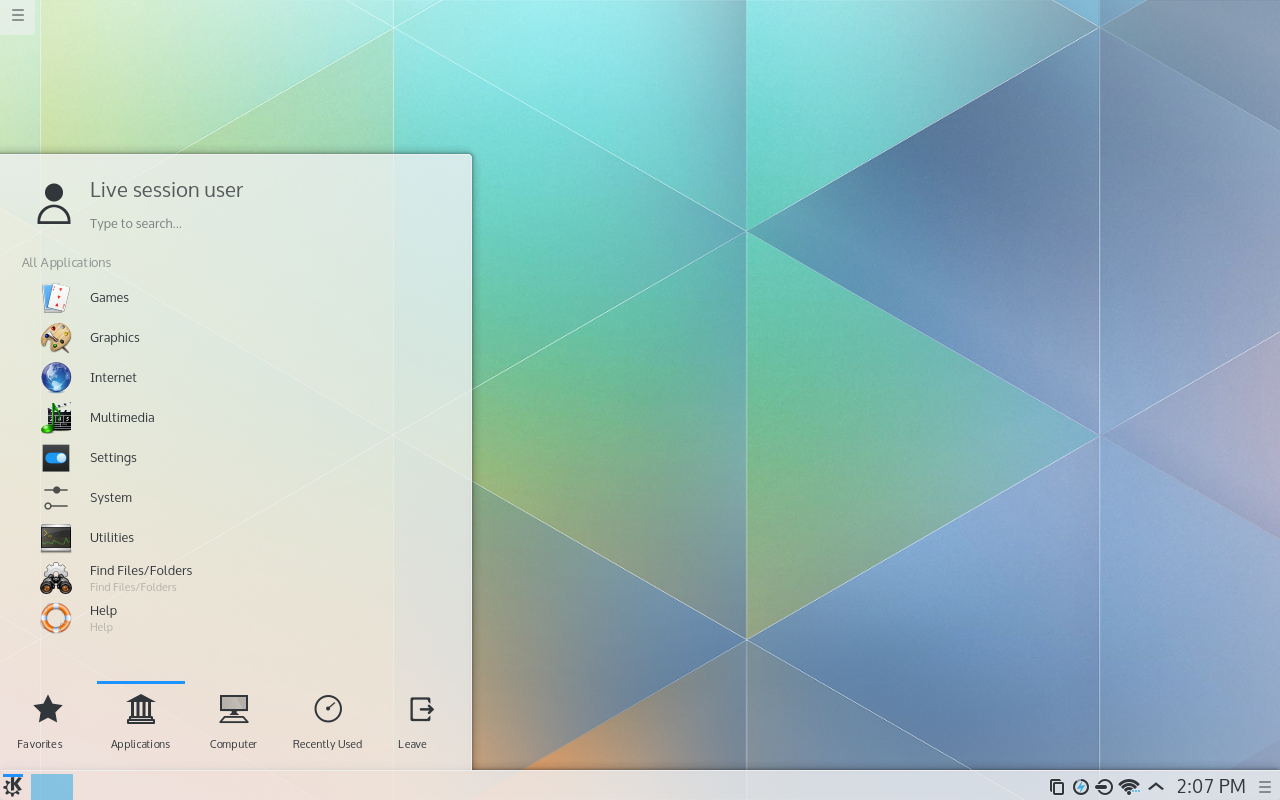
KDE was one of the first “full-blown” desktop environments for the Linux operating system. It’s only been through a couple of major changes (from 3.x to 4.x being the largest), so what it does… it does very well. The KDE desktop is about to flip the switch on the latest version of this long-standing environment — a change that brings a serious speed increase to the environment. Even with the new major version releasing, you won’t find much change in the interface. KDE has always held fast with the old metaphor. This desktop lives and dies by the start menu/panel/system tray model. Even though it has a bit of modern flair, KDE always seems like a holdover from the Windows XP/7 generation. That’s not a bad thing — especially for those that resist change.
Best user for KDE: Windows users who want the easiest transition from XP or 7 but prefer the traditional desktop metaphor over the modern look and feel.
Enlightenment
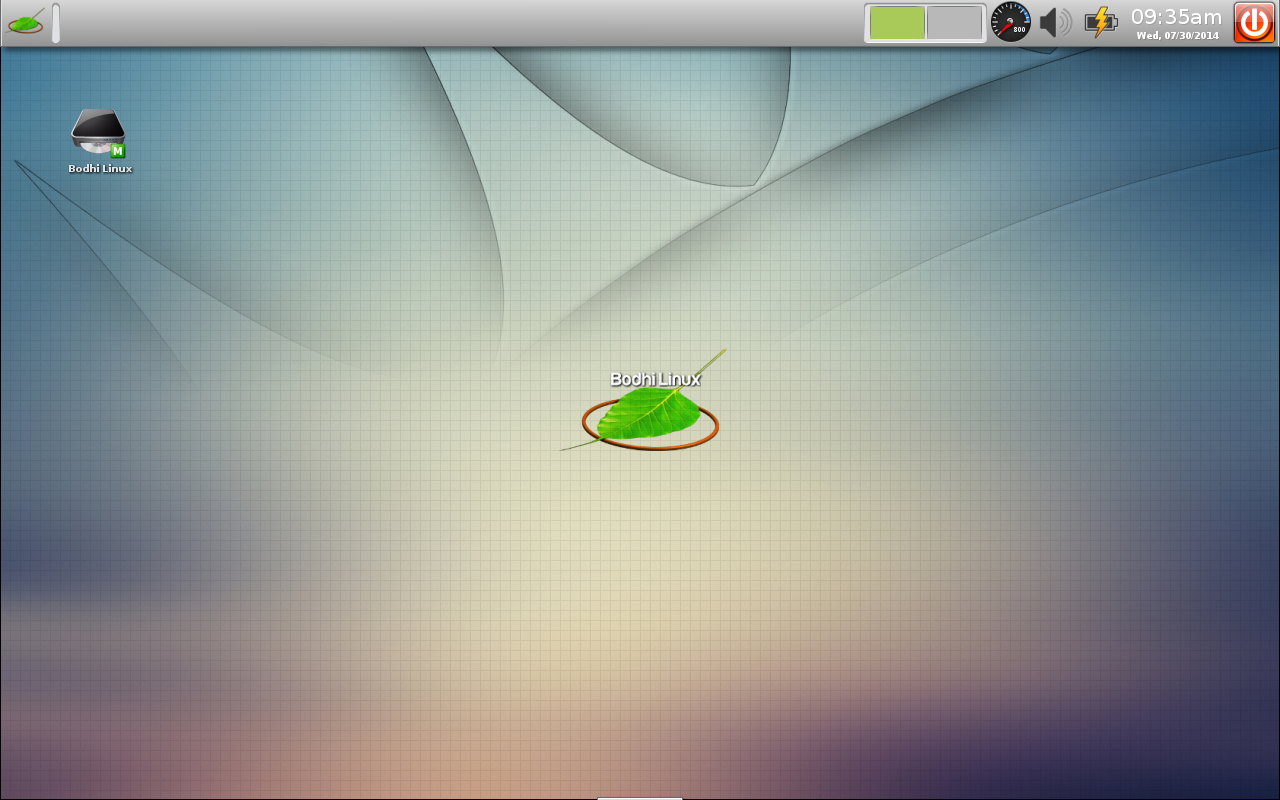
The Enlightenment is a different beast altogether. When you use Enlightenment, you know you’re working within a different environment. It’s as vastly different as it is unique. Gone are the standard start menus and panels. In their place, you’ll find a desktop menu, shelves, and other one-of-a-kind elements. To that end, Enlightenment isn’t for everyone. But if having a desktop that is a beautiful as it is configurable sounds like your cup of tea — this might be a perfect match. Of course, all of that uniqueness and tweak-ability comes with a price… a learning curve. Many users will find Enlightenment a bit tedious out of the box. Users who like to tinker will find Enlightenment a desktop dream come true.
One great element of Enlightenment is the vast amount of themes available. These themes don’t just change the color of the desktop — some change the shape of windows and more.
Best user for Enlightenment: Advanced user who fancies themselves a tinkerer and always likes to change up the look and feel of their desktop.
XFCE
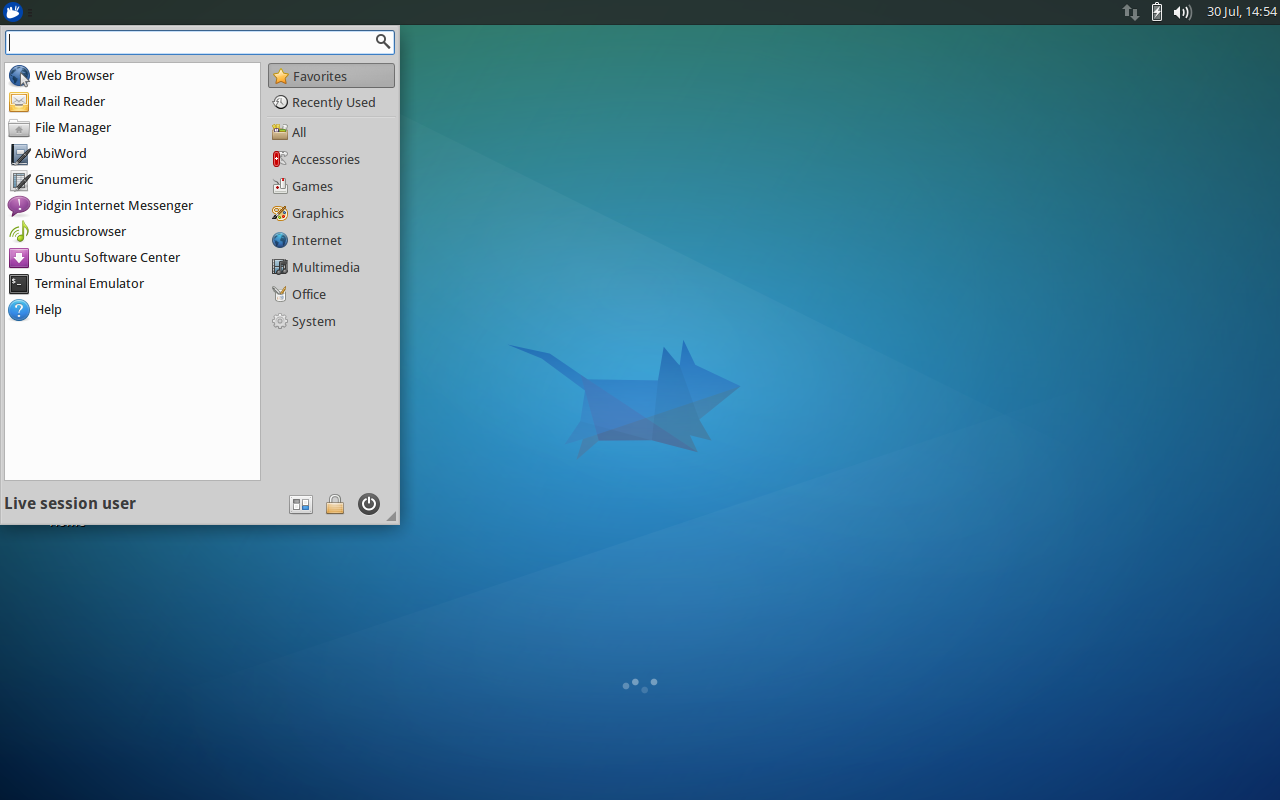
This is a perfect example of just one of the ways in which Linux shines. XFCE is a very lightweight desktop environment. If you have older hardware you want to keep using, XFCE might be the ideal environment. Or, if speed is your primary concern… XFCE will give you just that. But don’t think XFCE skimps on either the features of the customization — you get both. In face, XFCE offers as much customization as any desktop available yet doesn’t sacrifice speed and stability. But XFCE isn’t for everyone. Although not nearly as challenging as Enlightenment, XFCE would present a bit of a configuration challenge for the new user.
Best user for XFCE: Moderately experienced user looking to get the most out of old hardware who just wants as much speed from their desktop as possible.
Deepin Desktop
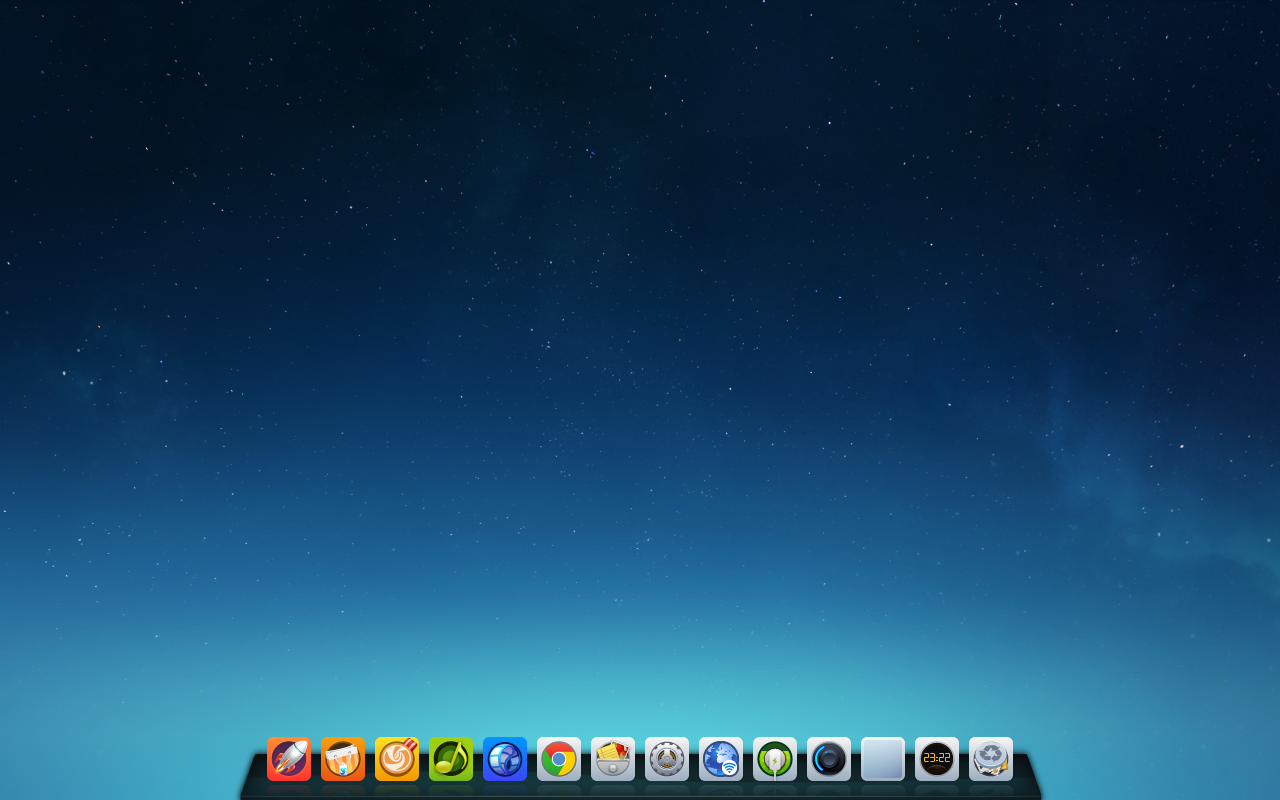
Deepin is a new entry to the Linux landscape, but has already turned a lot of heads. The Deepin Desktop is an incredibly modern take on the interface. This desktop takes bits and pieces from some of the best desktops available and blends them into one, cohesive unit. Deepin Desktop is inspired by GNOME 3, but completely built in-house. It adds an outstanding Dock and one of the finest control panels you’ll see. With the addition of the Dock, the Deepin desktop is easily used by any skill-level user. As the new users continue exploring this new desktop, they’ll be delighted with the features and the modern approach to the interface.
Best user for Deepin Desktop: Any user looking for something different, elegant, and easy to use.
The landscape of the Linux desktop looks stellar at the moment. With so many solid choices to pick from, you’ll find there’s a desktop for anyone — no matter your skill level, no matter your needs. Anyone who says Linux isn’t ready to take over the desktop, hasn’t spent much time working with any of these environments. Linux is ready to be your desktop of choice…which choice will you make?





